Design Development
The Vena is developed at the Motovilikha factories, Perm. It was a planned derivative of the BMP-3, putting to good use the newly developed 2A80 rifled gun-mortar. The vehicle is given a tailored turret, larger than the original to house the gun. It was first shown at the IDEX-97 exhibition, United Arab Emirates but its development went back to the late the 1980s, as part of the lessons drawn from the war in Afghanistan. Indeed, the terrain was more faourable to mortars than classic artillery. Reports praised the good performance of the 2S9 Nona self-propelled mortar, and was highlighted by the VDV (Paratroopers). The Ministry of Defense in 1988 decided to develop a similar vehicle, but for the army, using a heavier, non-air-transportable vehicle.A number of experimental designs started with the adaptation of the 2A51 gun on chassis available the ground forces. Several options were considered, tracked like the 2S17 Nona-SV based on the 2S1 chassis, the 2S17-2 Nona-SV based on the BRM-1K or wheeled chassis like the 2S23 "Nona-SVK" based on the BTR-80. Eventually development of the Nona-SV based on the 2S1 chassis was carried out at the Special Design Bureau of the Kurgan Machine-Building Plant. The other task was the creation of an autiomated creation 120-mm self-propelled artillery gun. In this regard, work on the "Nona-SV" was cancelled, and a new vehicle indexed 2S31 was developed at Motovilikhinskiye Zavody JSC, under the scientific supervision of the Precision Engineering Central Research Institute.
Part of their work ported on new ammunition of increased combat power developed at the Bazalt State Research. The 2S31 chassis was borrowed from an experienced regimental self-propelled howitzer 2S18. In 1995, the first two prototypes were made and in 1996, the "Vena" was first demonstrated at the IDEX-97 exhibition. Indeed development at Motovilikha was cut short by the fall of USSR and mayhem in Russia. It's only in the mid-1990s that it was resumed.
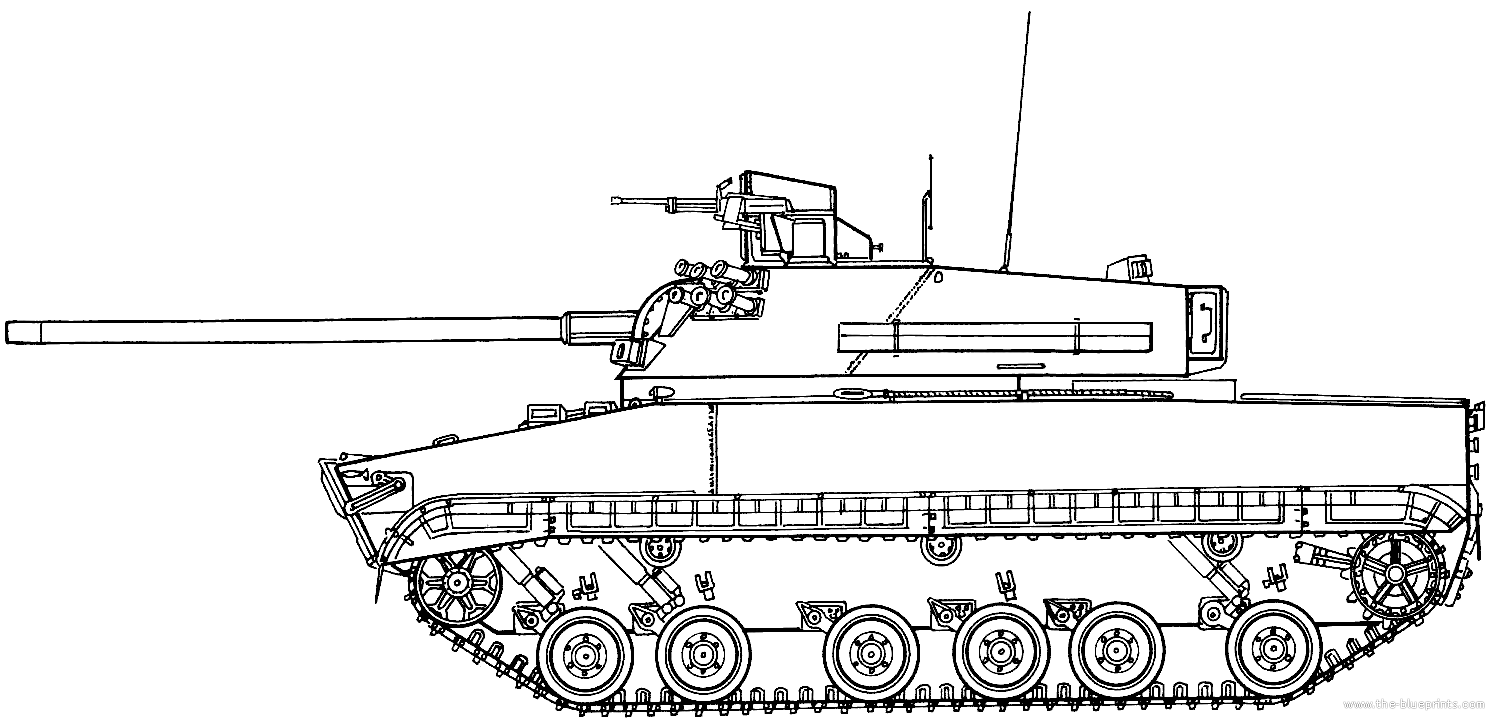
2S9 Nona, blueprint
It is likely a working prototype was already complete in 1996, but it was only publicly revealed the next year at IDEX-97, probably hoping some orders from the Emirates or other middle-east countries to finance the rest of the development. It's indeed only in 2006 that a completely functional vehicle was ready, passing factory tests at Perm, then state tests in 2007. In 2008 it was accepted after modifications, ordered, and by 2010 the first batch of 2S31 was delivered to the armed forces. However only a limited production was done in 2010-2013. The first small batch in 2010 was used for tests and trials. It's really in 2014 that it officially eentered service, alhtough sources pointed out to 2010.
Design
Hull, chassis and Protection

2S9 Nona, blueprint
The base of the vehicle is of course the BMP-3, much larger than the VDV 2S9 based on a stretched and reinforced BMD-1 chassis. The Vena had a modular combat compartment initially designed in such a way it can be adapted rapidly on other types of chassis, tracked or wheeled. It was for example believed to adapt it was installed on the armored personnel carrier BTR-80 as well for the initial 2S9. It's not the case with the 2S31 due to the larger turret ring. Hull length alone 6,856 mm, with gun forward, 7,511 mm, standard Width 3,366 mm, height 3,439 mm, base 4,060 mm, Track width 3,140 mm, Ground clearance 450 mm.
For protection, the vehicle shares the same light armour scheme as the original BMP-3, ensuring protection against small arms and shell splinters. The hull os made of welded aluminium with a sloped nose, to protect against small arms fire and shrapnel overall, so at best against 14 mm HMG rounds. No add-on armoure package has been provided. There is also a colective NBC protection system, and an automatic extinguishing system in the fighting compartment of the turret and in the engine compartment.
As for active protection, the turret is given two rows of twelve 81-mm grenade launchers (six either side) to set up smoke screens. The smoke grenades are launched automatically by command of the laser radiation detector in case of attack.
Powerplant and performances
At the rear is located th same BMP-3 powerplant, a V10 diesel engine, liquid cooled UTD-29. It is rated for 500 hp and coupled with an hydromechanical transmission with selection for the two water jet propulsors at the rear. same system as the BMP-3. The "Vena" also has an individual hydropneumatic suspension for each roadwheel, with large dynamic course of the support rollers, doubled with external cushioning of the rubberized roadwheels. Either side comprises six support, three supporting rinks. Additional hydraulic shock absorbers are attached to the suspension assemblies of the first two and last support rollers. Rear Drive sprocket, idlers at the front.The mechanical transmission has four forward and two reverse gears. The maximum theoretical speed in fourth forward gear is 72 km/h. The second reverse gear provides speeds up to 21 km/h. The transmission includes a planetary gearbox and differential steering mechanism and drive to the water jets.
The electromechanical system with remote control tensioning the tracks from the mechanic-driver's dashboard. The steel track is the same as for the BMP-3, finely-grooved, with rubber-metal hinge. The padding enabled the vehicle to not be uncomfortable on a highway and still be efficient over rough terrain. For tactical mobility, it has the same heavy lift capability as the BMP-3. For water mobility, the vehicle is also floating at a speed up to 10 kph, and good agility thanks to the two single-stage axial propellers, auger type. On land, the vehicle is able to climb a Gradient of 60%, a side slope of 30%, a vertical step of 0.8 m and a trench of 2.5 m.
To be more precise:
- Engine power, l. With. 450
- Highway speed, km/h 70
- Cross-country speed, km/h 10 afloat
- Power reserve on the highway, km 600
- Power reserve over rough terrain, km 90 afloat
- Specific power, l. s./t 26
- Suspension type individual torsion bar
- Specific ground pressure, kg/cm² 0.61
- Climbability, deg. 35
- Passable wall, m 0.8
- Crossable ditch, m 2.5
- Crossable ford, swims
Weapon System

Gun Mortar:
The 2A80 rifled gun/mortar is a further development of the 2A51 gun of the 2S9 Nona-S by Joint Stock Venture "Plants of Motovilikha". But it is given a longer firing range while using the very same ammunition. The main advantage of the system is to be usable as mortar or howitzer so for direct or indirect fire. Maximum range is 7.2 km, but with mortar ammunition, ported to 13 km with howitzer shells. The ammunition supply could be quite diverse, between the HEAT, HE-FRAG and smoke rounds and in general all munitions developed for classic cold war Soviet 120 mm combined gun/mortar systems, notably the standard 120 mm mortar shell and to deal with armored targets and the Kitolov-2M precision guided munition.Ready-made rifled high-explosive rounds of RP-49 and OF-51, usable as high-explosive fragmentation projectiles of 152-155 mm. The OP50 active-missile projectile is a cumulative effect projectile to piercing armor plating over 650 mm thick up to 1000 m afar. The guided projectile "Kitolov-2M" uses for targeting a laser designator.
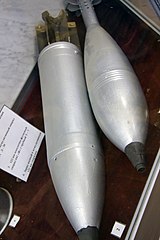
Turret
The turret is rather large for three operators (commander, gunner, loader) but is given a slightly larger ring adaptable to the original BMP-3 turret ring. In all, 70 rounds could be carried in the turret, some in read-rounds, the others in the ammunition hold behind, closed by a safety door and with blow-out panels. There is also on the right side a hatch with an armored cover, through which spent cartridges can be ejected, or fresh rounds supplied. The turret also comprised the secondary armament, a 7.62 mm remotely-controlled machine gun mounted on top of the roof. This is the standard Soviet/Russian KPT. It comes with tracer bullets and up to 500 rounds of ammunition. Rate of fire is 500-600 rounds per minute.Fire Control
At the time of its introduction the Vena was fitted with a very advanced fire control system, which ensures a high first-round-hit probability. Fire control system includes reconnaissance, target acquisition, navigation and positioning systems. The 2S31's turret is equipped with digital automated fire control system, navigation system, and optical/electronic reconnaissance and target acquisition system.Its 2A80 gun-mortar is capable of launching a high-explosive mortar projectile at 18 km or an armour-piercing (AP) shell able to penetrate up to 650mm of steel plating at a kilometre. The gun os served by a separate sighting system when engaging in direct fire mode. The gun mount could elevate -4° to +80°, with a 360° traverse. The gun has a continuous rate of fire of 8-10 rounds per minute.
Compared to the previous generation of the Nona type, the Vena gun/mortar is computerized, allowing to receive and transmit firing data at targets, and track the state of the system. All the necessary information is displayed on a monitor used by the vehicle commander. Values of position, direction angle and elevation angle are memorized. The commander's position is assorted by a computer accepting data input regarding the targets after which the firing computer automatically pointing the gun and point the charge number. The gun is guided using special drives for both horizontal and vertical angles, while the on-board computer can digest and operate information about 30 targets simultaneously.
To speed up the process for firing, information indicators at the gunner’s and loader’s positions displays the necessary parameters for the sight system and type of ammunition used for the loader. The onboard computer also received data from a gyro-cursor-indication system, GPS/GLONASS module, and bar altimeter, determining environmental impact on firing data and temperature, altitude conditions.
The use of a computer system makes it possible to achieve minimum preparation time before firing, to fire on an unplanned target with a high-explosive fragmentation projectile for exa^mple, within 20 seconds from the data is received. When performing a fire maneuver, topographic data is used and the 2S31 is ready to fire on any position within a minute.
Deployment & Exports
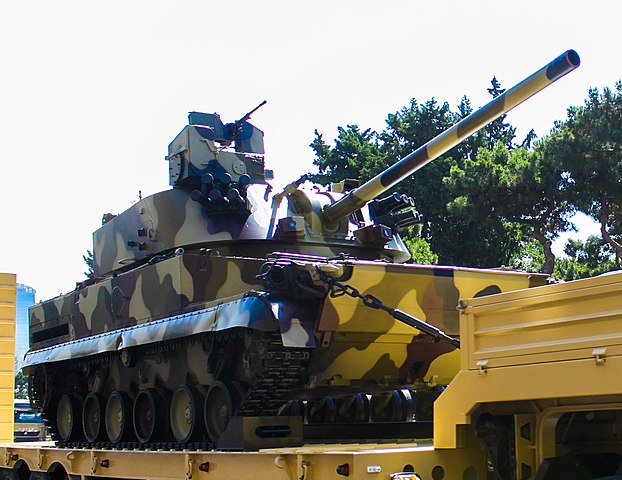
Azeri-2S31Vena_Military_parade_2018
On the battlefield the "Vena"must be supported by fire motorized rifle battalions moving on BMP-3. It is an organic part of these, not to be used on the frontline as a standalone. The 2S31 fully complies with the requirements of modern conditions of combined arms combat. Artillery battalions using the 2S31 can perform fire missions as part of motorized rifle or tank formations. The use of a similar form of organizational and staffing structure allows the level of autonomy of the 2S31 on the battlefield, comparable to tanks or infantry fighting vehicles. The 2S31 divisions can be assigned to tank or motorized rifle battalions, which include BMP-3 infantry fighting vehicles, as well as provide artillery support to the companies in the direction of the main attack. According to experts, the combat potential of a tank/motorized rifle regiment will double when the towed mortar battalion is replaced by the 2S31 battalion.
When comparing the 2S31 with foreign counterparts, main competition came from the AMOS self-propelled mortar, which had an edge for its rate of fire. It is however inferior for ammunition power and types, as well as accuracy. Unlike the AMOS, the Vena could use direct fire support, hitting small and area targets. Russian experts estimated that the features combination and automation of the Vena ensurse far better survivability on the battlefield, 3 to 5 times higher than the AMOS and in general efficiency 2.7-4.5 times higher than any comparable foreign-made systems.
Russia operates the type since 2010, but only the pilot batch entered service with the missile forces and artillery of the Russian Federation, circa 15 vehicles. As of today, no such vehicle has been deployed in Ukraine. However 29 2S9 Nona had been lost/captured, plus four 2S23 Nona-SVK and two 120mm 2S34 Chosta.
Only 18 has been produced for Azerbaidjan so far as of 2020. It was proposed to Venezuela as well (still in discussions). In fact it has been marketed by state arms exporter Rosoboronexport to all countries already equipped with the BMP-3 for commonality, training and similar organic use as for the Russian Army. Thus, Azerbaidjan, Venezuela, but also Indonesia, Iraq, Kuwait, South Korea, Turkmenistan and the United Arab Emirates (largest user outside Russia) which was the primary target.
Resources
Links
military-today.comglobalsecurity.org
roe.ru
armyrecognition.com
ru.wikipedia.org
www.artillery-mz.com
kommersant.ru
Wiki CC images
mz.perm.ru/
lenta.ru
janes.com
specifications | |
| Dimensions | Lenght 6,75 m Width, 3,4m; Height, 3,15m (22 x 11 x 10 ft) |
| Total weight, battle ready | 19.1 Tons (38,200 lbs) |
| Crew | 4 (driver, commander, gunner, loader) |
| Propulsion | Diesel UTD-29 450 hp, p/w 26 hp per ton |
| Suepension | Individual torsion bar |
| Speed (land/water) | 70/10 km/h |
| Range (on flat) | 600 km (372 miles) |
| Armament | 2A80 120 mm mortar + 7.62 mm PKTM LMG |
| Armor | As BMP-3 |
| Total production | ?30 |
Illustrations
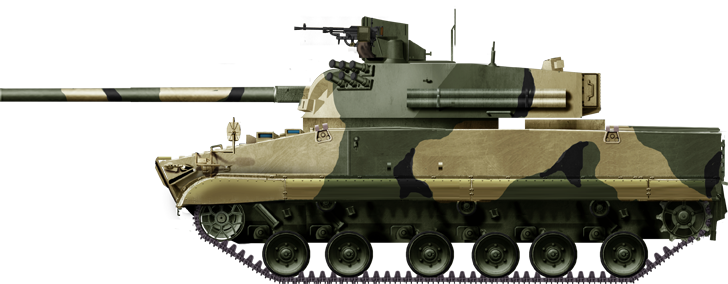 Vehicle with its trials batch camouflage in 2014
Vehicle with its trials batch camouflage in 2014
Gallery
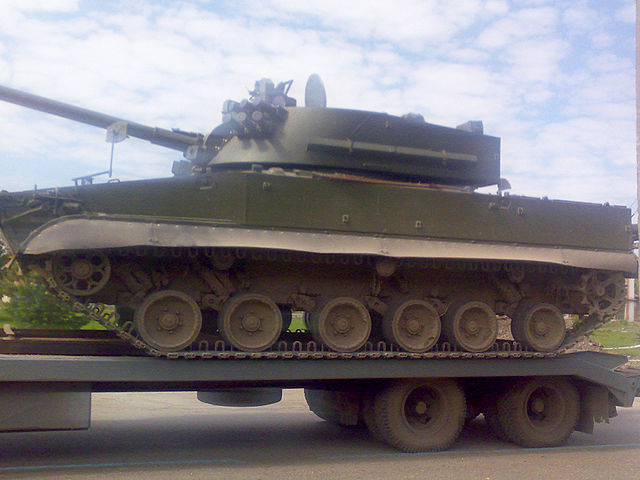
2S31 Vena cropped trailer
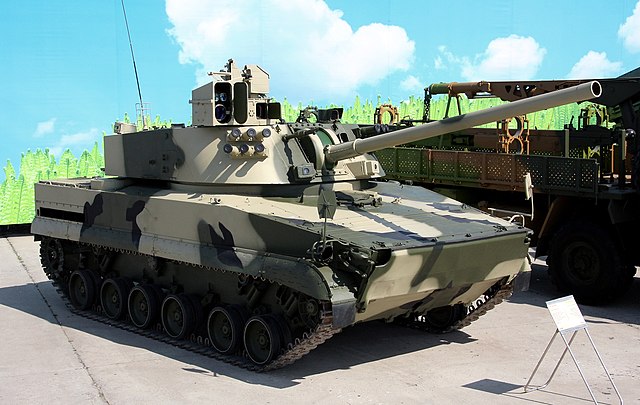
Self-propelled 120mm mortar 2S31 Vena
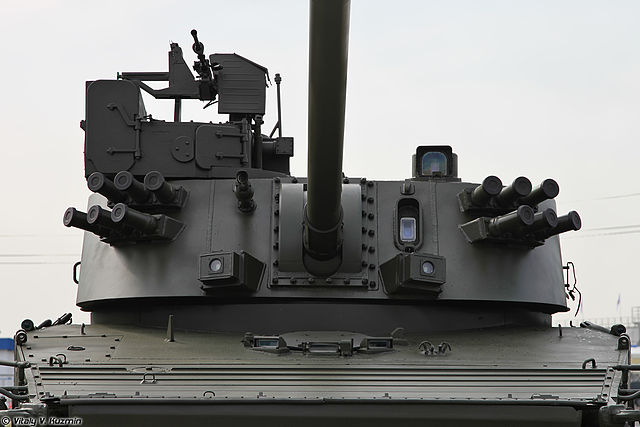
2S31 Vena turret face Oboronexpo 2014
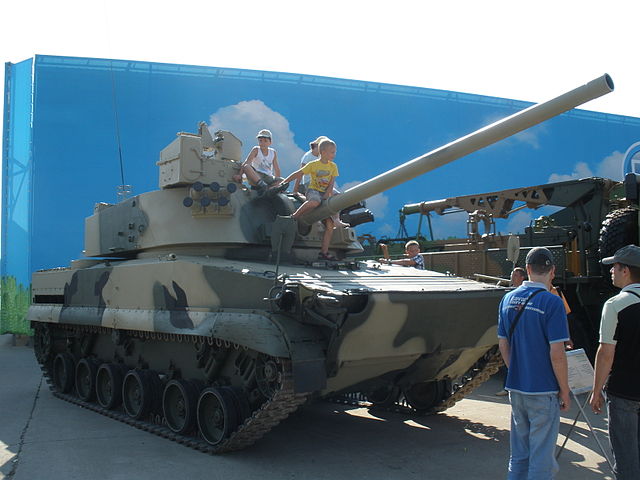
2S31 Vena at Engineering Technologies 2010

2S31 Vena, Oboronexpo 2014
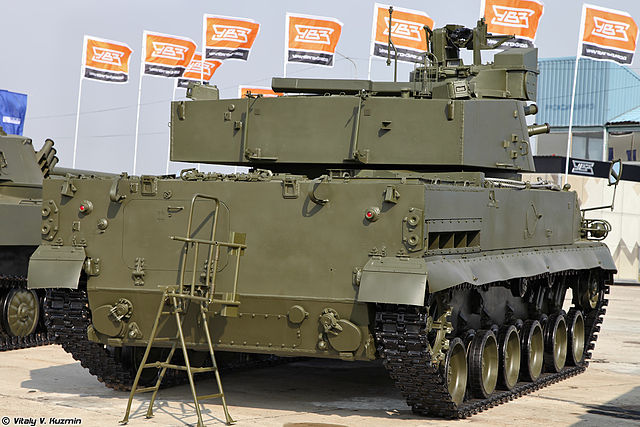
2S31 Vena rear turret bustle, Oboronexpo 2014
Video

Modern Tanks
Modern MBTs posters

Denel Bagder (2018)

Type 16 MCV (2016)

Gepard 1A2 last rounds 2011

SANDF

Russian AFVs

Main Battle Tanks
